The Forbidden City has a cold room all year round, the posterity dug up to find something surprising
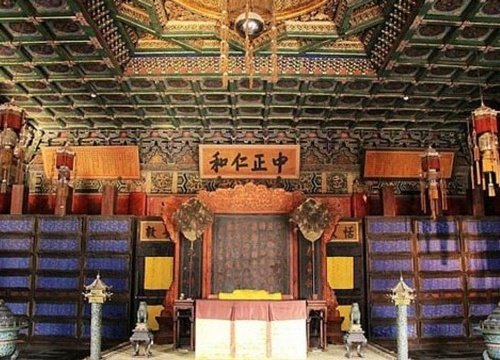
1 | 0 Discuss | Share
The mysterious legend of the stone lion in the Forbidden City
The Forbidden City contains many secrets about the lives of emperors and harems. Not only that, a number of places in this magnificent palace are associated with mysterious and inexplicable things. Among these is the fact that inside the Forbidden City, there is an arch bridge over the Kim Thuy River called Doan Hong Kieu. The bridge built of stone impresses visitors with sophisticated and sophisticated decorative patterns. In particular, the two sides of the bridge are decorated with 34 stone lions.
Each stone lion is elaborately crafted and has a different shape. This makes visitors extremely interested and want to learn about them. However, the strange and unexpected thing is that every time visitors come here, the tour guides always advise not to stand too close or take pictures with these stone lions because it can bring bad luck. .
Legend has it that the stone lion that is said to bring bad luck is carved with a standing position on the bridge with two hind legs. One of its legs hugs its head while the other holds its crotch. The face of this lion seems to show that it is suffering a terrible pain. According to historical records, the special stone lion on Duan Hong Kieu Bridge is related to King Thanh Tuyen Tong (1782 - 1850), the era of Dao Quang, the 8th emperor of the Qing dynasty.
During his lifetime, Emperor Dao Quang had a very intelligent son, Prince Dich Wei. Although Thanh Tuyen Tong loved and had high expectations for his son, Prince Dich Vi, who loved freedom, refused to be disciplined, so he always showed stubbornness and stubbornness. When the school teacher advised the prince to read hard to become a wise king in the future, Prince Dich Wei defiantly declared: "When I become emperor, I will execute you first".
This sentence quickly spread to the ears of Emperor Dao Quang, making him extremely angry because he was still alive, but his son wanted to be emperor is a crime of filial piety, and asking to kill a teacher is a crime. Unrighteous. In his anger, Emperor Dao Quang kicked his son hard with his foot. Unexpectedly, a few days later, the wound became so severe that Prince Dich Wei died.
The death of his son made Thanh Tuyen Tong extremely regretful and regretful. Legend has it that not long after, he passed by Duan Hongqiao bridge, saw a stone lion on the bridge with a tragic posture identical to Prince Dich Wei before his death, even more heartbroken and scared, so he ordered put a red cloth over this stone lion so that no one can see it again. Since then, this stone lion is considered a bad omen, no one dares to approach.
Over the years, the legend of the stone lion causing bad luck in the Forbidden City has been passed down. Although there is no basis or basis, many people still believe that this stone lion really causes bad luck to anyone who approaches or takes pictures with it.
When visiting the Forbidden City, most Chinese people do not want to touch this stone lion, while foreign tourists are also advised not to take pictures with it. Although unconfirmed, these "half-real and half-virtual" legends like this each year are still helping to attract millions of tourists to visit and admire the palace complex of the Forbidden City.
The Forbidden City tile floor cracked, posters dug down to discover an unexpected secret
According to Sohu, once while inspecting the Forbidden City, experts discovered signs of damage in a few floor tiles in front of Thai Hoa Palace. This of course required repair and maintenance, so the professionals started to pry open these floor tiles. Thanks to that, a long-buried secret was revealed.
After flipping the upper layer of bricks up, experts discovered that there was another layer of identical bricks underneath, every time one layer was dug up, there was another identical layer underneath. In total, there are 15 layers of floor tiles that are evenly overlapped in the Forbidden City. Beneath, however, there were no secret organs or water currents. At that time, the experts were amazed, wanting to know what the secret behind these brick floors is.
Through research and discussion, experts discovered that the purpose of these 15 brick floors turned out to be to ensure the safety of the royal family, but especially for the Emperor. Thai Hoa Palace is the place where many different rituals such as coronation ceremony, great marriage, reward, banquet... These rituals are very important and can be considered as the leading and noble ritual. most at that time. The ancients took these things very seriously, especially in places like the palace, so no mistakes were allowed.
The palace is a place of careful guard, inside and outside there are 3 layers of guard. In addition, the towering wall surrounding the palace was also difficult to climb. But even so, the emperor was not reassured, always afraid that bad guys might dig underground to break into the interior.
That's why, when building the Forbidden City, Emperor Zhou Di of the Ming Dynasty asked the craftsmen to lay layers of bricks beneath the palace floor, so that no one had any intention of trespassing. These tiles are also very well designed. Each brick takes up to 720 days with many different stages to produce the most satisfactory finished product. These floor tiles are not only beautiful and sophisticated, but also have the effect of regulating temperature, keeping winter warm and cool, helping people living in the palace always feel the most comfortable and comfortable. In addition, in order to keep this secret buried forever, no one else knows, as soon as the Forbidden City was completed, these craftsmen were all annihilated. The coldness and ruthlessness of the ancient monarchs are evident on every brick in the palace.
The Forbidden City has 70 wells but no one dares to drink, closing before 5pm because of this creepy thing 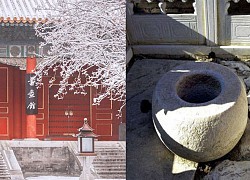 Như Ý15:45:57 06/11/2021The Forbidden City is a palace complex located in Dongcheng District, Beijing, China. With a total area of 720,000 square meters, the Forbidden City is the largest palace in the world. It used to be the imperial palace, the center of the city, the residence of the emperor and...
Như Ý15:45:57 06/11/2021The Forbidden City is a palace complex located in Dongcheng District, Beijing, China. With a total area of 720,000 square meters, the Forbidden City is the largest palace in the world. It used to be the imperial palace, the center of the city, the residence of the emperor and...

1 | 0 Discuss | Share
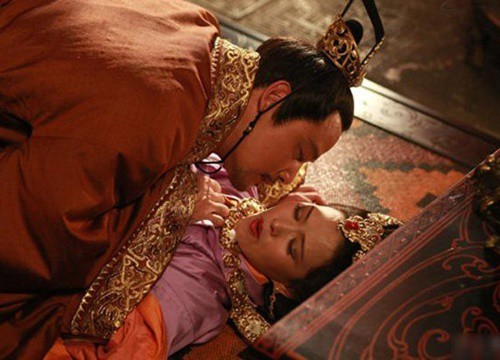
5 | 0 Discuss | Share

1 | 0 Discuss | Share
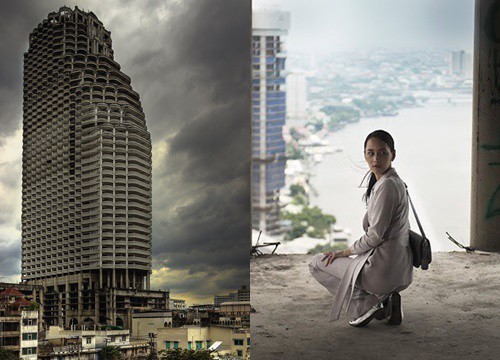
4 | 0 Discuss | Share

1 | 0 Discuss | Share

2 | 0 Discuss | Share

5 | 0 Discuss | Share
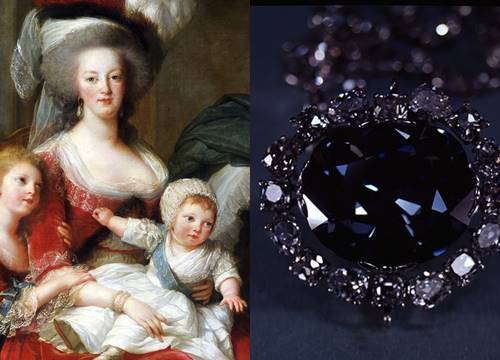
3 | 0 Discuss | Share
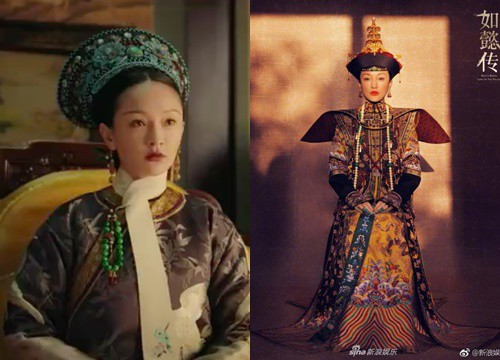
2 | 0 Discuss | Share
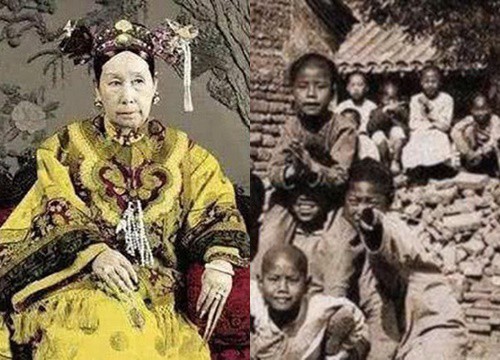
4 | 0 Discuss | Share

6 | 0 Discuss | Share

2 | 0 Discuss | Share


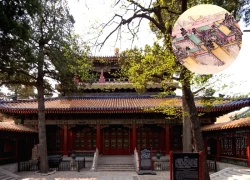


1 | 0 Discuss | Report